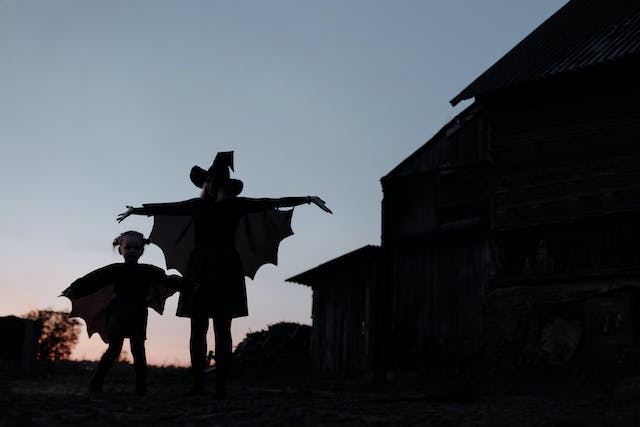|
Halloween, with its spooky costumes, haunted houses, and candy-filled festivities, has become a beloved holiday in many parts of the world. However, its origins date back to ancient Celtic traditions and were initially intended to serve a very different purpose – the act of scaring away evil spirits. In this article, we will delve into the historical roots of Halloween and how it evolved into the holiday we celebrate today. Samhain: The Celtic Roots
Halloween's origins can be traced back to the Celtic festival of Samhain (pronounced "sow-in"). Samhain marked the end of the harvest season and the beginning of winter in the Celtic calendar, roughly celebrated on November 1. The Celts believed that on the night before Samhain, the boundary between the living and the dead was blurred, allowing spirits to roam the Earth. Scary Disguises To protect themselves from malevolent spirits and offer food to their ancestors, the Celts would light bonfires and wear costumes made from animal heads and skins. These disguises were intended to confuse and scare away any vengeful spirits that might be lurking nearby. The Role of Bonfires Bonfires played a crucial role in the Samhain celebrations. The Celts believed that the fire's purifying power would cleanse the land of evil and malevolent forces. People would light bonfires and gather around them, performing rituals to honor their ancestors and ward off spirits. Incorporation of Christianity With the spread of Christianity, the Church sought to supplant pagan traditions with its own. In the 7th century, Pope Boniface IV established All Saints' Day, or "All Hallows' Day," on November 1 to honor Christian saints and martyrs. This allowed for the incorporation of Samhain traditions into Christian celebrations. All Hallows' Eve The night before All Hallows' Day became known as "All Hallows' Eve," later abbreviated to Halloween. Many Samhain customs, such as wearing costumes and lighting bonfires, persisted in the new Christian framework. The idea of scaring away evil spirits through costume and celebration endured. Evolution into a Modern Celebration As time went on, Halloween evolved into a more secular and commercial holiday, especially in the United States. Immigrants, particularly the Irish, played a significant role in popularizing Halloween traditions in America. The incorporation of pumpkin carving, or the Jack-o'-lantern, was a notable addition. Today, Halloween has become a holiday that combines elements of its ancient Celtic roots with modern customs. While many people still embrace the idea of dressing in scary or creative costumes, it has also become a time for fun, parties, and, of course, indulging in a wide variety of candies. The origins of Halloween are steeped in ancient Celtic beliefs and practices. The holiday was initially intended to scare away evil spirits by wearing disguises and lighting bonfires. Over time, Halloween evolved through the integration of Christian traditions and the contributions of various cultures, ultimately becoming the festive and bspooky celebration we know today. Though the holiday has transformed, the spirit of keeping malevolent forces at bay continues to live on in the form of creative costumes and the eerie ambiance that defines Halloween.
0 Comments
Leave a Reply. |
AuthorLillian Kaiser Rev., M.Sc Archives
November 2023
Categories
All
|


 RSS Feed
RSS Feed
